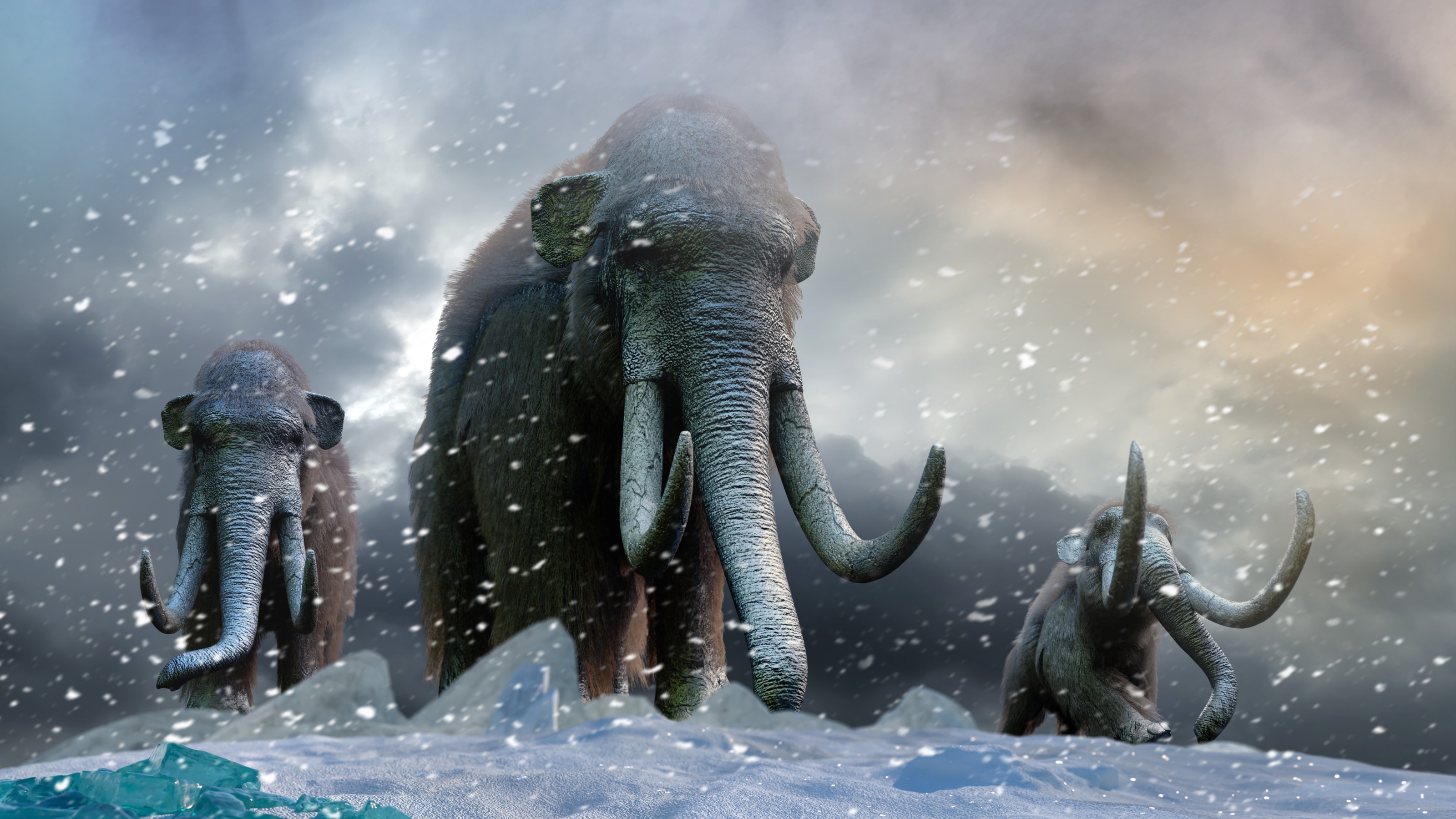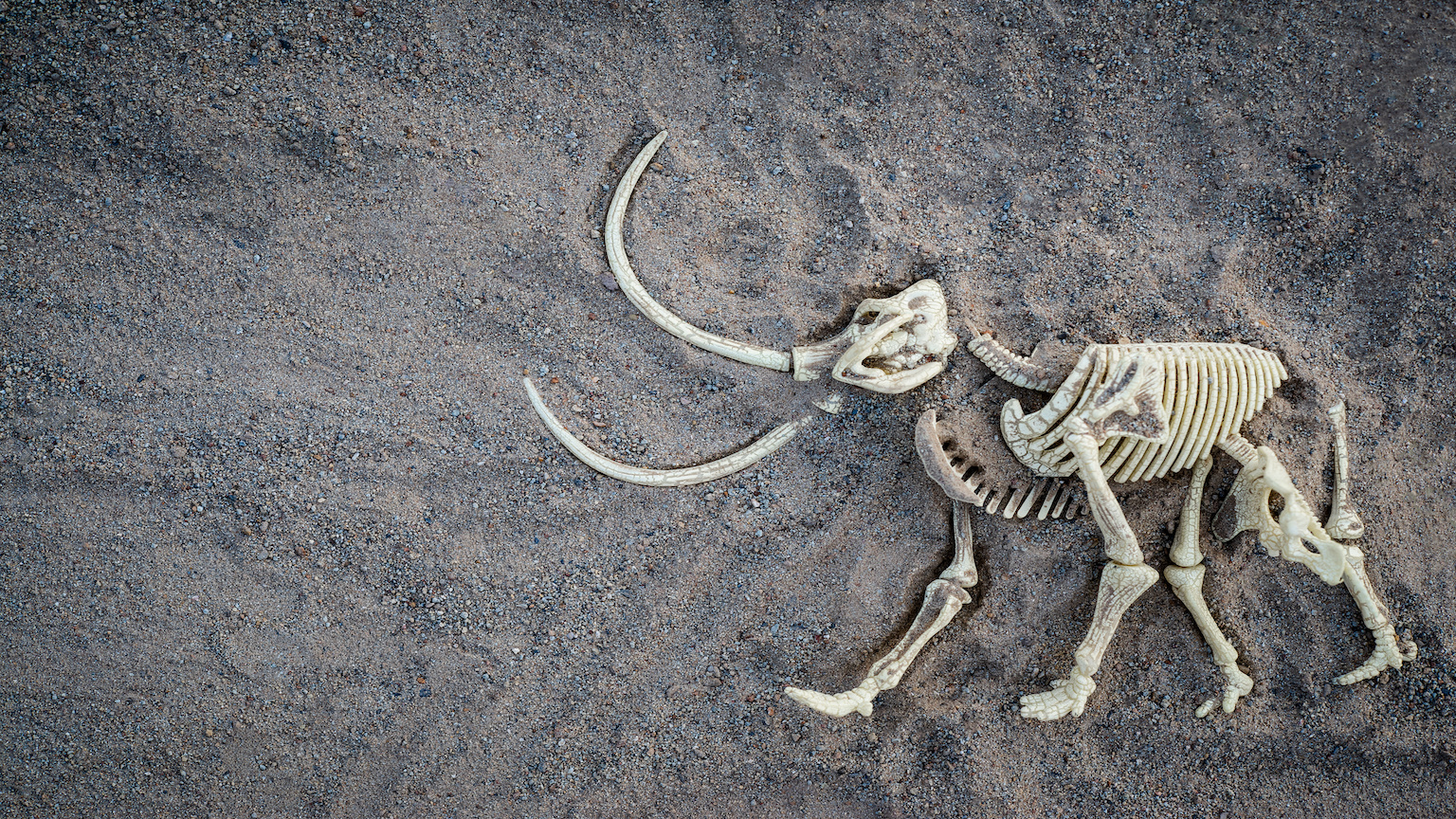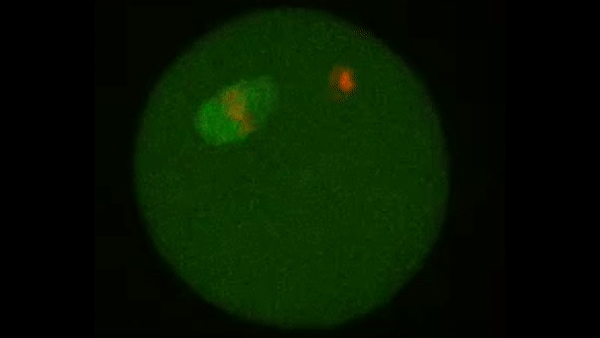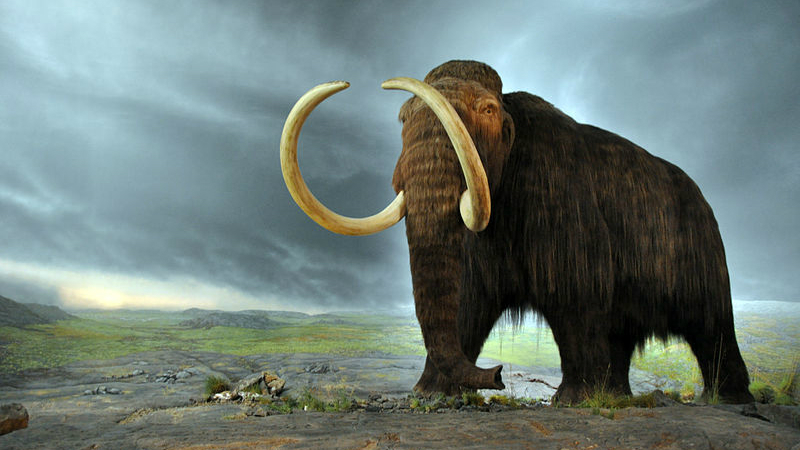Prehistoric Woolly Mammoths About to Be Resurrected, Claim Harvard Scientists
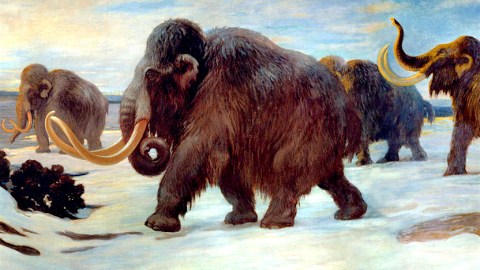
They are not opening “Jurassic Park” just yet, but scientists are getting closer to bringing back one of the iconic animals of Earth’s history. A team from Harvard University announced that it’s just two years away from potentially creating a mammoth-elephant hybrid embryo. This step could lead to the eventual resurrection of the woolly mammoth, an animal that’s not been around for at least 4,000 years.
The scientists are led by geneticist and professor George Church, who is speaking this week at the American Association for the Advancement of Science (AAAS) annual meeting in Boston. He explained that the embryo they are looking to produce using the Crispr gene-editing technique would be from an Asian elephant, with mammoth traits programmed into it. The genes would be taken from frozen mammoth remains.
“Our aim is to produce a hybrid elephant-mammoth embryo,” explained professor Church in an interview with “The Guardian”. “Actually, it would be more like an elephant with a number of mammoth traits. We’re not there yet, but it could happen in a couple of years.”
What would you call the resulting creature? A mammophant. While not exactly a mammoth, it would have a lot of mammoth traits like shaggy hair, small ears and blood that allows it to withstand freezing temperatures.
It would take more years, however, to go from creating an embryo to having a full-fledged mammophant. The goal would be to nurture it within an artificial womb, as the previous idea from the team of implanting the embryo into a live elephant came under fire for being cruel since the animal would likely die as a result of the procedure.
After beginning the project in 2015, the team has been increasing the number of gene “edits” or splices into the elephant’s genome with mammoth DNA from 15 to 45.
“We’re working on ways to evaluate the impact of all these edits and basically trying to establish embryogenesis in the lab,” said Church.
There are critics of their work, who see the resurrection of extinct animals to be wrought with unpredictable consequences. How would the introduction of a mammophant or a woolly mammoth affect elephants and other animals?
Ethical considerations aside, the team’s work continues. They were able to grow a mouse embryo in an artificial womb for half of its gestation period — 10 days. The gestation period necessary for an elephant calf — 660 days, a much tougher feat.
“We’re testing the growth of mice ex-vivo. There are experiments in the literature from the 1980s but there hasn’t been much interest for a while,” elaborated Professor Church. “Today we’ve got a whole new set of technology and we’re taking a fresh look at it.”
Besides the novelty factor of seeing a prehistoric animal, there are some other benefits of “de-extincting” the wooly mammoth, according to Church. In particular, they would help preserve a form of Asian elephants, which are going extinct as well. Curiously, the mammoths would also have an impact on reducing greenhouse emissions. Woolly mammoths could prevent tundra permafrosts from melting, an event that would release a massive amount of greenhouse gas into the atmosphere.
“They keep the tundra from thawing by punching through snow and allowing cold air to come in,” explained Church. “In the summer they knock down trees and help the grass grow.”
Cover photo: Woolly mammoths. Made public in 1916, according to the book Charles R. Knight: The Artist Who Saw Through Time
